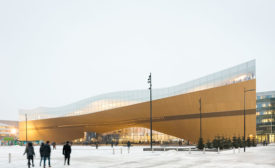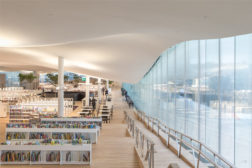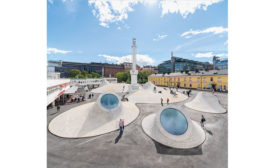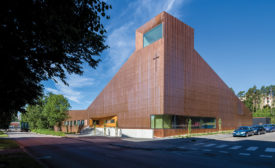Articles by Peter MacKeith
Museum of the History of Polish Jews
A Monument to Tragedy and Heroism: In the heart of the former Warsaw Ghetto, a museum honors and celebrates the culture and long history of Polish Jews, which stretches far back beyond the tragic events of World War II.
Read More
Petter Dass Museum
Snøhetta slices through the landscape with the sharp-edged Petter Dass Museum.
Read More
Copyright ©2024. All Rights Reserved BNP Media.
Design, CMS, Hosting & Web Development :: ePublishing



